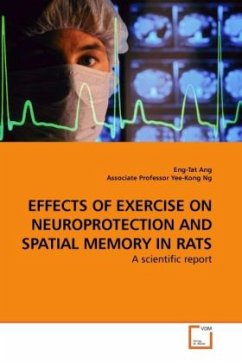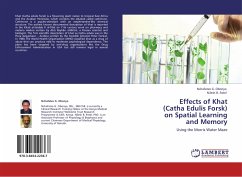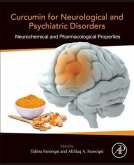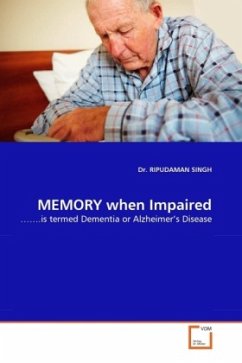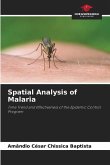This book aims to elucidate the effects of physical exercise on neuroprotection and spatial memory in the rat brain. Via an array of molecular, histological and behavioral investigations, there are evidences to suggest that physical exercise could increase the number of cholinergic neurons in the septum. This could be due to increased trophic support from NGF and its p75 receptor. The microenvironment in the septum was changed after 12 weeks of training as detected by glial cells markers. Enhanced spatial learning and memory in the runners could be the result of increased cholinergic neurons in the septum due to trophic support from NGF. It is proposed that all the above effects contributed to the reduction of infarct volume in the runner/stroke model. Lastly, cDNA microarray results established a multitude of other genetic changes associated with running and stroke in the basal forebrain. In conclusion, physical exercise has contributed to neuroprotection and helped in improvingspatial learning and memory in rats.

